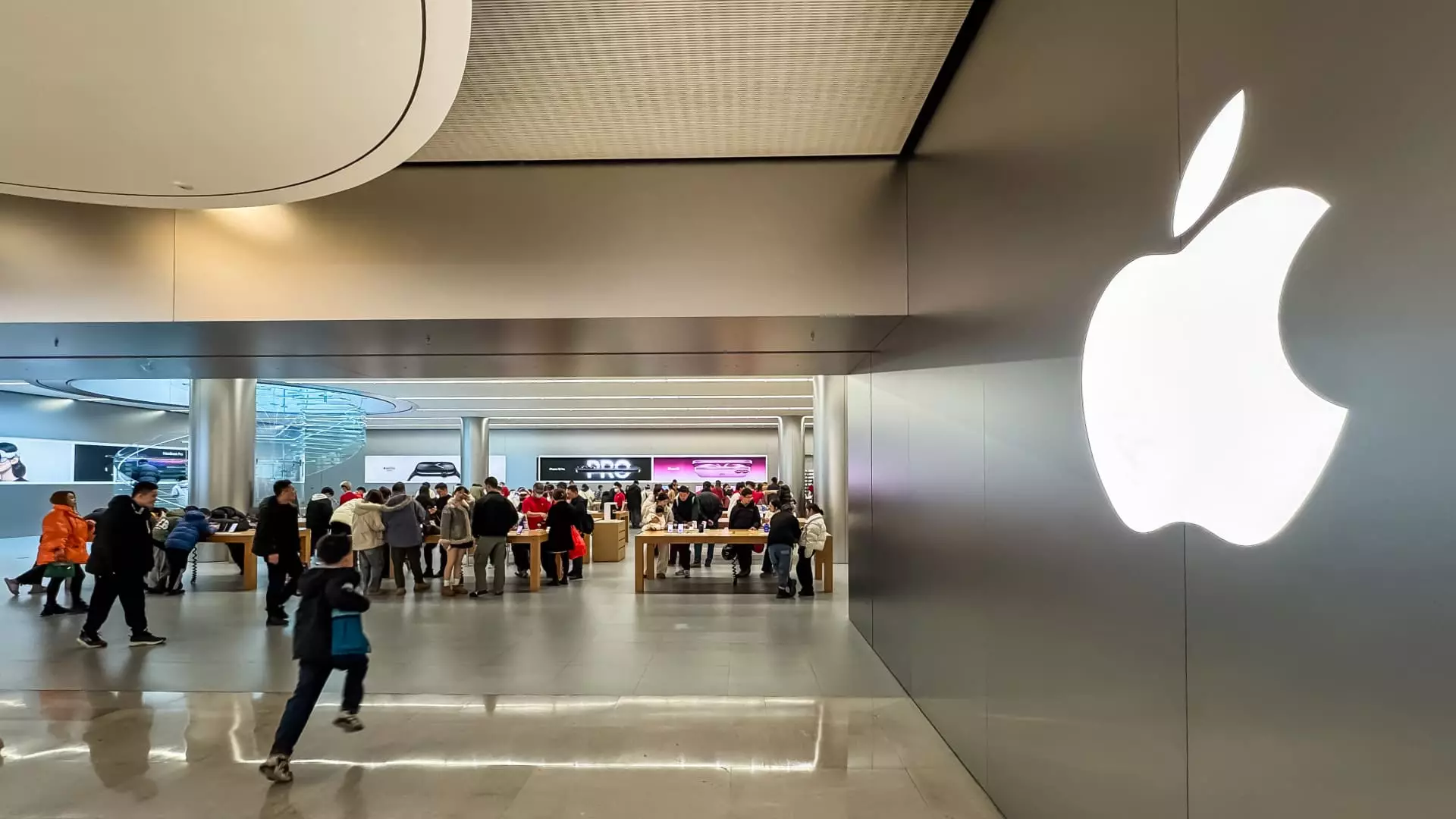Apple Inc., the tech titan that continues to shape our digital landscape, is on the verge of disclosing second-quarter earnings that could send shockwaves through the stock market. Analysts project an unsettling hit to gross margins, considerably more than what investors might anticipate. With estimates suggesting a decline of 50 to 100 basis points, compared to a complacent consensus of only 40, the warning signs are undeniable. It’s not just numbers; it’s a red flag illuminating the deepening complexity of Apple’s financial environment amid escalating tariffs.
Amit Daryanani of Evercore ISI candidly shares these concerns, but it begs the question: why are we still so invested in a company that’s proving to be a precarious bet? While he holds an outperform rating and projects a bullish $250 price target—indicating a potential 19% upside from its recent close at $210.14—the fragility of this optimism seems disconcerting. This much hope riding on mere speculation serves as an indictment of the broader economic landscape, where uncertainty is the prevailing theme.
Tariffs: The New Achilles’ Heel
What truly sets Apple apart is its dependence on China for production, a double-edged sword that’s now becoming a liability. President Trump’s administration has wielded tariffs as a strategic weapon, and the implications are severe: analysts predict a staggering 200 basis point impact on Apple’s gross margins if current rates persist. No longer able to coast on its brand loyalty, Apple is suddenly faced with the reality that its reliance on Chinese manufacturers is not just a logistical challenge—it’s a grave risk.
If the financial forecasts are accurate, Apple is living on borrowed time. Considering the psychological factors at play, the company’s attempt to pivot production to countries like India might seem like a solution. Yet, the potential challenges of shifting operations to India are substantial and should not be brushed aside lightly. How many more missteps will Apple take before realizing that their operational model is crumbling under economic pressures?
Pricing Power: A Necessary Evil
Daryanani suggests that Apple may raise its prices on future iPhones to mitigate the tariff damage, a strategy that could alienate a segment of middle-class consumers escaping the financial hangover from the pandemic. While raising prices might preserve margins in the short term, it breaches the sacred trust consumers hold with their beloved brand. Apple’s image as a premium yet accessible product could be tarnished, setting a dangerous precedent that cries profit over principle.
Furthermore, Apple’s strategy to stockpile inventory in anticipation of tariff hikes speaks volumes about the company’s desperation. The decision to airlift an astonishing $2 billion worth of iPhones may provide a temporary cushion, but is it really a sustainable approach? The reliance on clever logistics instead of sound financial strategy indicates a worrying trend—a company scrambling to maintain its status at any cost.
Looking Ahead: A Problematic Path
As investors brace themselves for Apple’s earnings call, the narratives emerging from the tech powerhouse are anything but reassuring. There’s an overarching sentiment that the company is at a crossroads, where the choices made today could dictate its future viability. From coping with external pressures like tariffs to addressing internal vulnerabilities, Apple stands precariously balanced on a tightrope of its own making. In navigating this turbulent landscape, it’s clear that complacency is not an option if Apple wishes to retain its elite status in the tech hierarchy.

